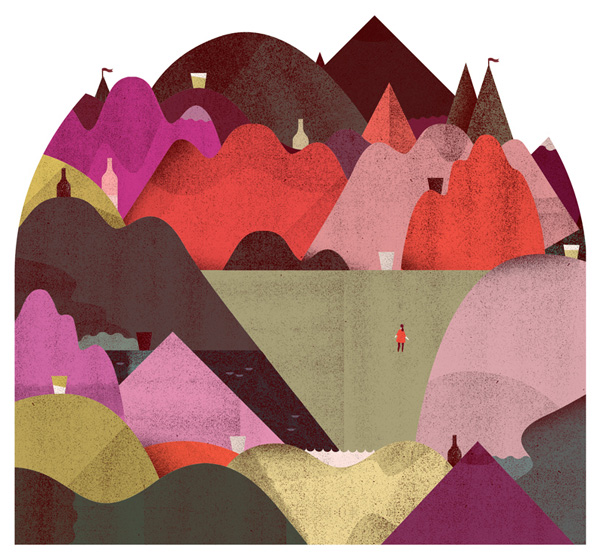Disruptor vs. Enabler Brands
These days, disruptor brands get all the attention. Companies like Airbnb, Netflix, and Uber have each skyrocketed into popularity by rattling the industries they came from. We get it. There’s something inherently inciting, even American, about the idea of taking down the big guys with your off-kilter vision of the future. It’s easy to root for.
But here’s the thing about trailblazers — if everyone blazes their own unique trail, customers are faced with a dizzying network of singular (and often incompatible) solutions. In the course of one day, a person might bounce back and forth between ten different technologies, all of which claim to take the hassle and complexity out of life. I want to find a photo, but I’m not sure if it’s on my phone, my external hard drive, or one of my various clouds. Have you seen that popular new show? It’s exclusively on one of the streaming networks — but not the one you have.
Don’t Downplay the Power of Unification
More and more, we believe there’s a strong case to be made for the power of enabler brands. The ability to bring everything together in a way that’s secure, contextual, and delightful is nothing short of a magic trick in this ever-shifting technological landscape.
In our work in the B2B sector, too often we see enabler brands limit the inspirational nature of their work. Whether it’s customer case studies, presentation decks, or collateral design, enabler brands can sing with the same sparkling brilliance as B2C disruptors.
While every company has its own unique challenges, here are some general thoughts on how enabler brands can elevate their impact.
Hone in on the results of the technology, not the technology itself.
Granted, your technology needs to be world-class and should always have a technical click-through for the nitty-gritty. But at the highest level, people are more interested in what new worlds you’re opening for them. That’s your role: to engineer what’s possible. Think of Dropbox’s recent redesign. They went from just a place to store your files to a living workspace that brings teams and ideas together.
How does this look in practice? Look at the imagery in your decks. What are people seeing? Is it moments of authentic human connection that wouldn’t be possible without your radiant technology? Or is it computer generated graphics and stock photography? During the next big conference, which one do you think will unite your team more?
Productivity is its own kind of delight.
Most enterprise tools aim to improve productivity. That might mean managing information, storing data, tracking issues, sharing updates, whatever you need to get the job done. But just because something is functional, that doesn’t mean it can’t be beautiful. Look at Slack. They have taken something often regarded as a chore — communicating with your co-workers — and made it, dare I say, fun? On their design blog, they discuss the importance of bringing humanity into the product. By putting people (not features) first, they have built a brand people love to experience.
Building a community is more rewarding than growing users.
As Scott Cooper writes on his blog, “The Changing Role of Brands,” enabler brands have the unique opportunity to empower the communities behind the technology. “Look at your audience with new eyes, in terms of community,” says Cooper. “Listen for the ideas that they believe in deeply or identify with. Let go of any preconceptions about your roles as a marketer and the relationship your brand has with people. Now ask yourself: how you can contribute meaningfully?”
When building your customer success stories, ask yourself what communities are truly benefiting from your technology? How can you champion their voices? There’s nothing inherently emotive about a 3-D printer, but whether it’s creating prosthetic limbs or affordable housing, people are using them in inspirational and innovative ways every day.
The biggest mistake you can make is thinking these efforts are somehow separate from the real work of your technology. If we’ve said it once, we’ve said it a thousand times: people make decisions with their hearts. Investing in the human aspects of your brand is not fluff: it’s a holistic way to equip your sales team with better tools, attract and retain top talent, and foster a healthier, more productive culture. Instead of giving your team something to work on, you give them something to work toward.
So, enablers, remember this. Disruptors will always hog the spotlight, but sometimes nothing is more exciting than being given the right environment to thrive.







